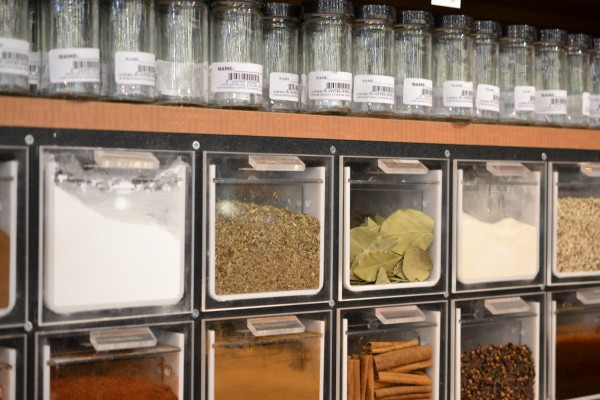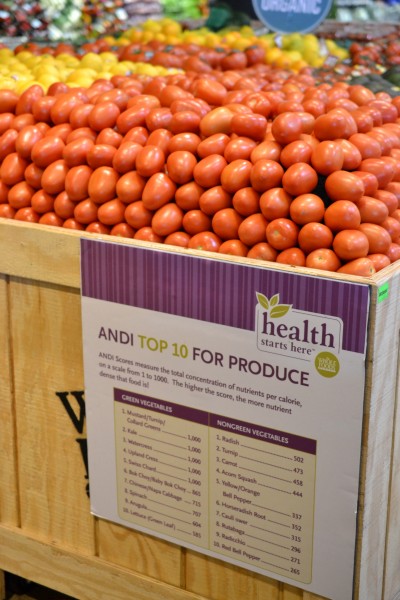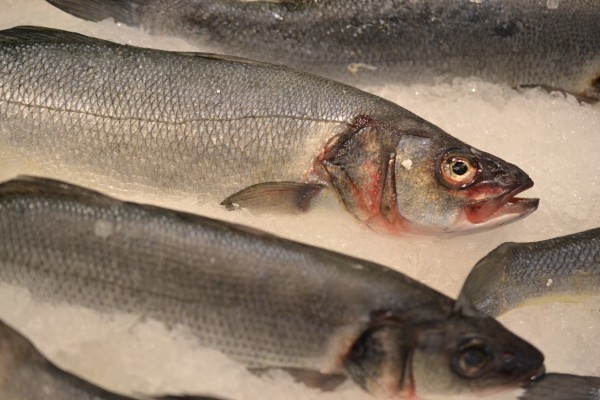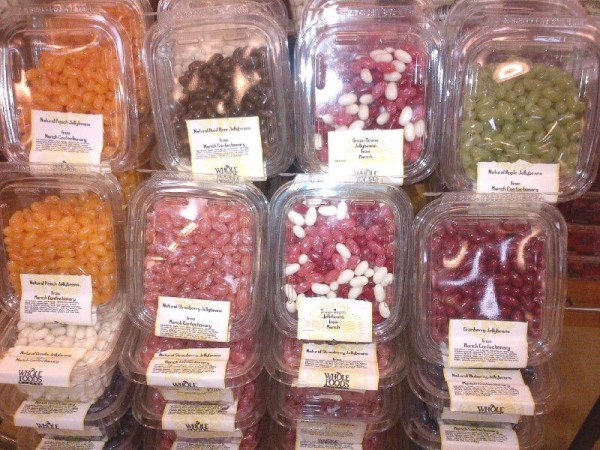Have you ever taken a Whole Foods tour? Even if you’ve shopped there many times, you will discover many new things on a behind-the-scenes tour. We recently had a chance to take a tour, and we learned lots of interesting factoids.
First things first: We know that the prevailing stereotype is that Whole Foods is expensive. And sure, you might pay more for some of the meats and organic products (more on that in a moment). But what surprised us is just how much of a deal you can get on bulk items like beans, and grains. Same goes for the vats of local honey and olive oil. We’ve also discovered the wonderful spice wall: You can fill up these jars and just pay for the weight of the spices (the jars are free). Answer honestly: How long have you had that jar of curry sitting in the back of your spice closet? Isn’t it time to refresh those spices?

Fresher Produce = More Bang for Your Buck
When you shop for fresh fruits and vegetables, you’re also getting more bang for your buck. Most of the produce is local, and thus fresher and lasts longer. Plus you’re guided throughout the store on how to get the most nutritional benefit from what you’re eating, by way of the ANDI score (Aggregate Nutrient Density Index). (Fun fact: Mustard, turnip, and collard greens; kale; and watercress are all tied for a perfect score of 1000 on the ANDI.) And of course, most of the produce is organic. (Did you know that Whole Foods was the first nationally certified organic grocer in the United States?)

When you’re at Whole Foods, you can also pick up a copy of “The Whole Deal,” a handy-dandy coupon book that also has budget-minded recipes that won’t leave you feeling deprived. (Examples include frittata, 21 cents per serving; Irish cheddar potato soup with asparagus, $2.77 per serving; turkey and goat cheese open-faced sandwiches with tangy apple slaw, $3.31 per serving.)

Meat and Poultry Certifications
As far as meat and poultry goes, you can rest easy knowing that all producers have met a minimum certification through the Global Animal Partnership. You can choose your products ranging from Step 1 (no cages, no crates, no crowding) all the way through Step 5 + (animal centered, entire life on the same farm). For fish-eaters, Whole Foods promises to offer Marine Stewardship Council certified sustainable seafood whenever possible; and when that is not available, to make responsibly farmed seafood a choice.
Last but not least, for a picky mom, it’s actually easier to shop at Whole Foods because you know you will never find “junk” ingredients like artificial dyes and colors hidden in your food. (Check out the full list of unacceptable ingredients at Whole Foods.)


Jelly beans and More
What’s that? You think there’s no room for fun food at Whole Foods? Think again. We were there just before Easter and we snapped a shot of this whole wall of brightly colored jelly beans. They’re tasty, but without any food coloring or high fructose corn syrup.
Whole Foods, which started in Austin, TX in 1980, now has more than 340 stores around North America and the United Kingdom. Although they do a great deal of charitable work and re-investing in local communities, we mostly appreciate their Whole Kids Foundation. That foundation aims to support schools in making more nutritious food available to kids. More kids eating salad? Now that’s the real way to our hearts.
Thank you to Lisa Zollner, marketing and communications guru at Whole Foods El Segundo, for a fun, behind-the-scenes tour of the store.
Blogger disclosure: We did not receive compensation for this post, although we were treated to endless samples (which anyone can ask for at the store) and a lunch.

 Hi! I'm Jeanne Fratello - a writer, reporter, and food enthusiast who is on a mission to write great stories about food and where your food comes from.
Hi! I'm Jeanne Fratello - a writer, reporter, and food enthusiast who is on a mission to write great stories about food and where your food comes from.
No comments yet.